Introduction
Stir-fried lamb head, a dish that tantalizes the taste buds with its rich, savory flavors and tender texture, is a culinary gem that traces its roots to traditional Chinese and Central Asian cuisines. Often overlooked in modern menus, this dish celebrates the art of transforming humble ingredients into a gourmet experience. Lamb head, once considered a byproduct, is now revered for its unique taste and nutritional value. When prepared correctly, it becomes a melt-in-your-mouth delight that balances umami, spice, and aromatic complexity. This article delves into the intricacies of crafting the perfect stir-fried lamb head, from selecting the finest ingredients to mastering the cooking technique. Whether you’re a seasoned chef or a curious home cook, this guide will equip you with the knowledge to elevate this dish to new heights.
The Allure of Lamb Head
Lamb head, comprising cheeks, tongue, and brain (optional, depending on regional preferences), offers a distinct flavor profile. The meat is lean yet tender, with a depth of taste that surpasses conventional cuts. When slow-cooked and stir-fried, it absorbs spices and aromatics beautifully, creating a symphony of flavors. Nutritionally, lamb head is rich in protein, B vitamins, and minerals like iron and zinc, making it a wholesome choice for those seeking bold, nutrient-dense meals.
Ingredients: Building Blocks of Flavor
To embark on this culinary adventure, gather the following ingredients:
- Lamb Head (1 whole, approximately 3–4 lbs): Opt for a fresh, preferably organic head. Ensure the butcher removes excess hair and cleans it thoroughly.
- Aromatics:
- Garlic (1 head, minced)
- Ginger (4-inch piece, julienned)
- Scallions (1 bunch, chopped)
- Fresh cilantro (1 cup, for garnish)
- Spices:
- Sichuan peppercorns (2 tbsp, toasted and ground)
- Cumin seeds (1 tbsp, toasted and crushed)
- Dried chili peppers (6–8, depending on heat preference)
- Star anise (2 pods)
- Cinnamon stick (1-inch piece)
- Sauces and Condiments:
- Soy sauce (3 tbsp, dark for depth)
- Rice vinegar (2 tbsp)
- Oyster sauce (1 tbsp)
- Shaoxing wine (2 tbsp)
- Oil:
- Peanut oil (¼ cup, for stir-frying)
- Sesame oil (1 tsp, for finishing)
- Optional Additions:
- Bell peppers (1, sliced)
- Carrots (1, julienned)
- Fermented black beans (1 tbsp, mashed)
Preparation: The Foundation of Excellence
Cleaning and Initial Cooking
The lamb head requires meticulous cleaning to remove impurities. Submerge it in a large pot of cold water with 2 tbsp of vinegar and 1 tbsp of salt. Let it soak for 30 minutes, then scrub gently with a brush to eliminate residual hair or dirt. Rinse thoroughly.
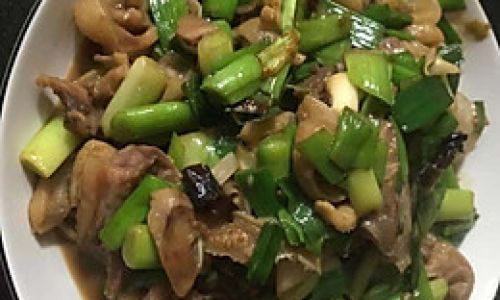
Place the cleaned head in a stockpot and cover with water. Add 1 chopped onion, 2 carrots, 2 celery stalks, and a bay leaf. Bring to a boil, skim off foam, then simmer for 2–3 hours until the meat is tender but not falling apart. This slow-cooking process infuses the meat with subtle flavors and makes deboning effortless.
Deboning and Slicing
Once cooled, carefully debone the lamb head. Remove the eyes, ears, and brain (if not using). Separate the cheek meat, tongue, and any tender sections. Slice the meat into bite-sized pieces, ensuring uniformity for even cooking. Reserve the broth for soups or sauces.
Marinating the Meat
In a bowl, combine the sliced lamb with 1 tbsp soy sauce, 1 tbsp Shaoxing wine, 1 tsp sugar, and a pinch of white pepper. Let it marinate for 30 minutes to enhance flavor and tenderness.
Cooking Technique: The Dance of Fire and Flavor
Wok Preparation
Heat a wok over high heat until it smokes. Add peanut oil, swirling to coat the surface. The high heat is crucial for sealing in juices and achieving a smoky aroma.
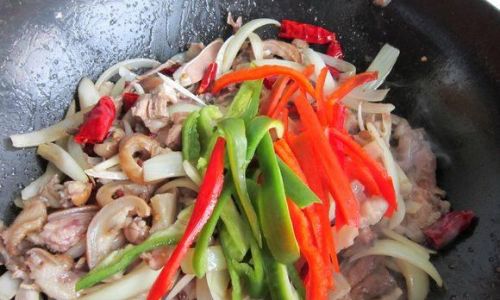
Aromatic Base
Add Sichuan peppercorns, cumin seeds, star anise, and cinnamon stick. Stir-fry for 10 seconds until fragrant. Toss in garlic, ginger, and dried chilies, sautéing until golden. Avoid burning the spices, as this imparts bitterness.
Lamb Head Stir-Fry
Drain the marinated lamb and add it to the wok. Stir-fry vigorously for 3–4 minutes, allowing the meat to caramelize slightly. Deglaze the pan with rice vinegar, scraping up any browned bits for added depth.
Sauce Integration
Drizzle in soy sauce, oyster sauce, and a splash of reserved lamb broth. Toss in bell peppers and carrots (if using). Simmer for 2–3 minutes until the sauce reduces and coats the meat.
Final Touches
Drizzle sesame oil and sprinkle chopped scallions. Adjust seasoning with salt or a pinch of sugar to balance acidity. For an authentic touch, garnish with fresh cilantro and a sprinkle of toasted sesame seeds.
Mastering the Nuances: Tips and Tricks
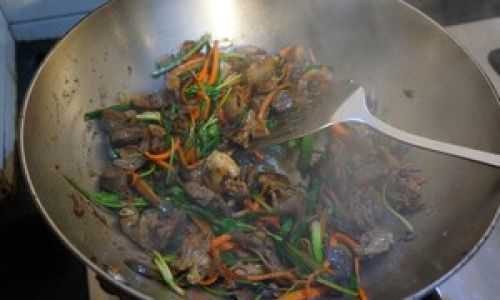
- Texture Control: If the meat is too tender, briefly sear it in a hot pan before stir-frying to add texture.
- Spice Management: For milder heat, remove seeds from dried chilies. For extra smokiness, toast whole spices before grinding.
- Broth Utilization: Save the cooking liquid for ramen or stews—it’s a flavor-packed base.
- Alternative Proteins: Substitute lamb head with goat or mutton for a variation, adjusting cooking times accordingly.
Serving Suggestions: Elevating the Experience
Stir-fried lamb head pairs exceptionally well with:
- Steamed Jasmine Rice: The fluffy grains soak up the sauce beautifully.
- Hand-Pulled Noodles: Toss with the lamb for a hearty noodle dish.
- Crusty Bread: Ideal for mopping up the savory juices.
- Pickled Vegetables: A tangy side to cut through the richness.
For beverages, pair with a crisp lager, a fruity Riesling, or jasmine tea to cleanse the palate.
Cultural Context: A Dish of Heritage
In regions like Xinjiang, China, and parts of the Middle East, lamb head dishes hold cultural significance. Served during festivals, weddings, or family reunions, they symbolize abundance and togetherness. The dish’s preparation often involves communal effort, reflecting the values of sharing and hospitality.
Health Considerations: Nourishment and Balance
While lamb head is nutrient-rich, moderation is key due to its cholesterol content. Balance the meal with fibrous vegetables and whole grains. For those with dietary restrictions, explore plant-based alternatives using jackfruit or mushrooms, mimicking the texture with marinades.

Troubleshooting: Common Pitfalls
- Tough Meat: Overcooking during the initial simmer. Ensure gentle simmering; use a pressure cooker to expedite without sacrificing tenderness.
- Bland Flavor: Insufficient seasoning or marinating. Layer flavors with spices, aromatics, and umami-rich sauces.
- Burnt Spices: High heat during toasting. Toast spices over low heat until fragrant, stirring constantly.
Variations: Exploring Global Palates
- Spicy Sichuan Style: Double the chili peppers and add Sichuan chili bean paste (doubanjiang) for fiery heat.
- Moroccan Twist: Incorporate ras el hanout, preserved lemon, and olives for a North African flair.
- Korean Fusion: Finish with gochujang, sesame leaves, and a fried egg for a bibimbap-inspired bowl.
Conclusion: The Joy of Culinary Exploration
Stir-fried lamb head is more than a dish—it’s a testament to culinary ingenuity, transforming overlooked cuts into a feast for the senses. By mastering the balance of spices, textures, and flavors, you honor a tradition while making it your own. Whether shared around a communal table or savored in solitude, this dish invites diners to savor the artistry of simplicity and complexity intertwined. So, don your apron, ignite the flame, and let the sizzle of the wok guide you to a memorable meal.
Word Count: 1,758

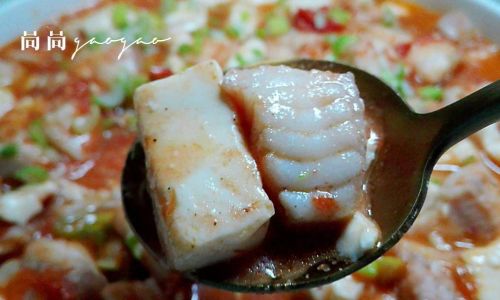
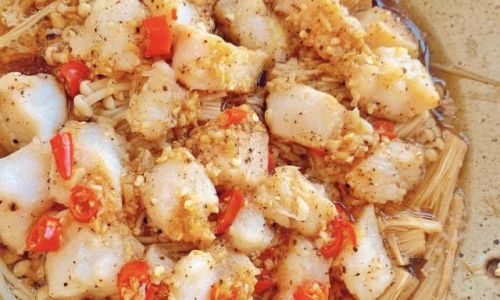
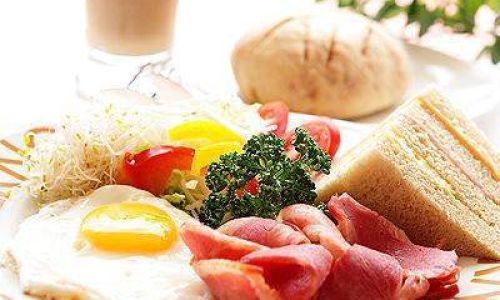

0 comments